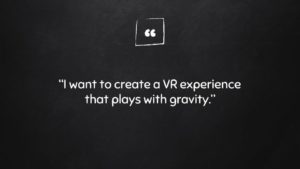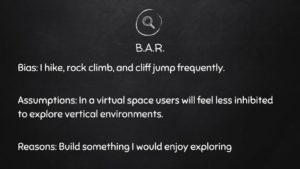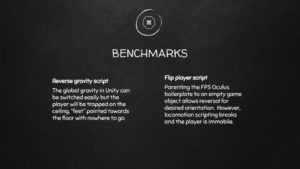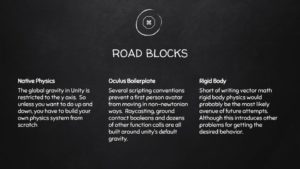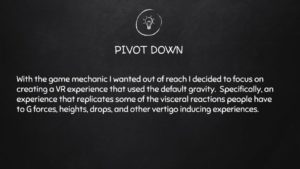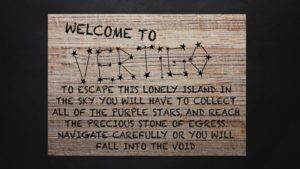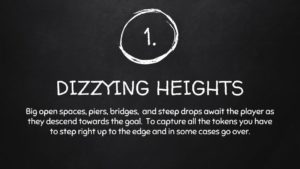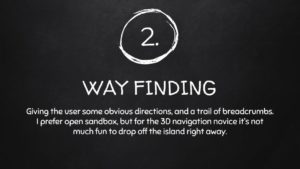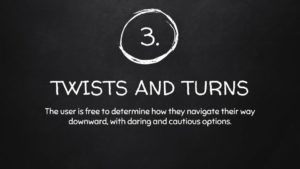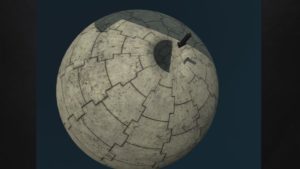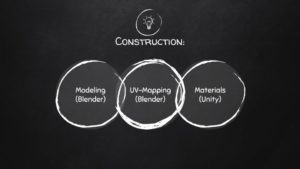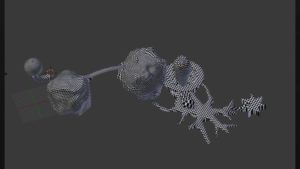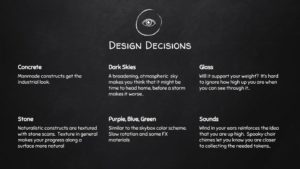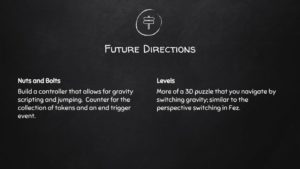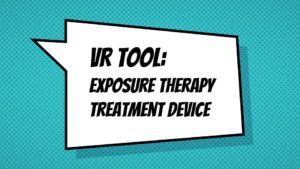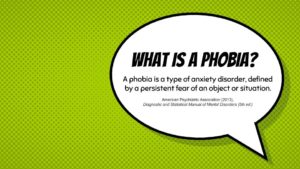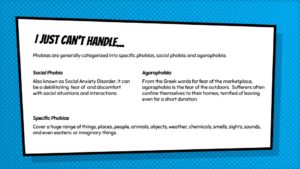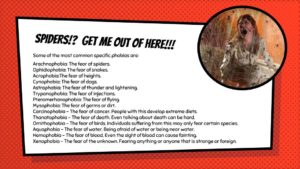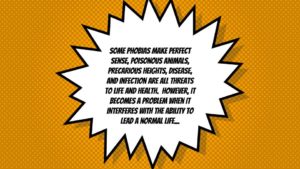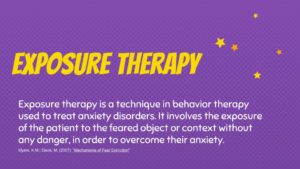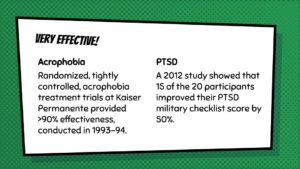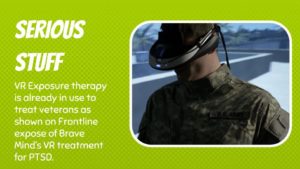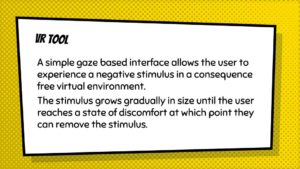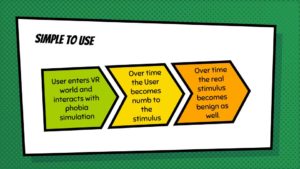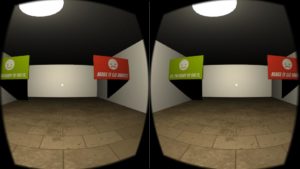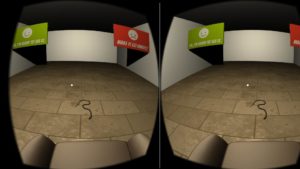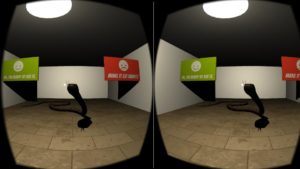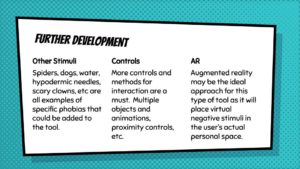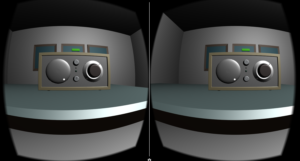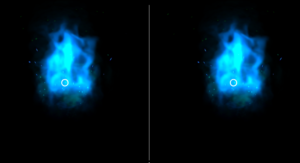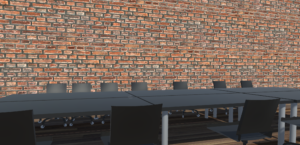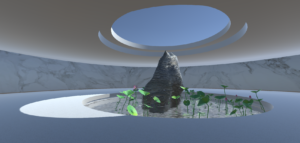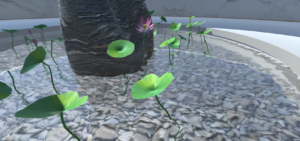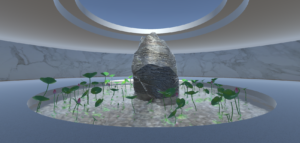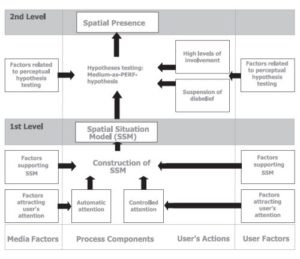Do It Yourself Virtual Reality
Instructor: Sarah Rothberg
Week 10:
Final Project: Vertigo
A virtual reality experience crafted to push the limits of comfort with heights.
Pay attention to how your body reacts to the simulation of the simulacra of ground rushing up to meet you as you fall downwards.
Week 9:
Biases, assumptions, and reasons are three things you should state at the beginning of every project. A skeuomorph is a derivative object that retains ornamental design cues from structures that were necessary for the original. Always use easy to read large fonts in VR.
Week8:
Using the Vive with my Lotus Room Unity Project
First of all, the setup is very easy and simple. I love that I don’t have to strip down the textures to mobile. There really is no comparison to cardboard, Vive is a hundred times better in every way. Especially considering how frustrating it is to get it compiled and deployed on the phone. The field of view is much wider and the pixelation is much less noticeable. That said, the edges of objects have anti-aliasing artifacts. It may take some fine tuning but the way the relation to your movement in the room to your movement in the virtual space, especially up and down is not what it should be. Also, the water texture did not render correctly.
Overall, far superior to cardboard; so much so that I honestly cringe at the thought of going back.
Week 7:
Mid Term Project: VR Tool: Exposure Therapy Treatment Device
Week:6
Most interactive social VR is a party in a room. If it gets boring people leave. So the challenge is to keep it interesting. The problem is retention. With social VR people provide the interest that retains users. VRB Home. Give people things to do that give them the feeling that they can affect their environment. 360 photos and video are like “dreaming”. Shot framing is completely different in VR 360 videography/photography. Instead, you choose who the viewer will become.
Week 5:
Assignment: 3 Scene Viewer
For this assignments, I first solved the “How to get a radio to work” problem solved. In essence, I used three colliders with different audio files assigned with an event handler that plays three different audio files. This time around I used more prefabs, setting up three simple scenes that would not overtax an android phone to display.
Scene 1: Empty room with a three channel radio.
gaze triggers radio stations.
Scene 2: Spiders Attack!
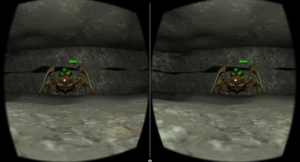
Prefab Spider animation and dungeon. Could not get the animation to trigger on gaze, initiates on startup instead.
Scene 3: Spooky Blue Flames
This scene uses particle effects that turn on and off with gaze.
Week 4:
Introduction to scripting. C# dot syntax and scripts.
Unity Scene presentation.
User testing the Unity scene using the Google Cardboard Viewer and the Nexus Android Phone.
The space that you are in affects your psychology. The concept of a Memory Palace as a virtual space to aid in recall of factual information.
What is a physical place you can recall that puts you in a certain mindset, and why?
Adding terrain, objects, materials, sounds, lights, and textures into Unity.
Build Unity project for google cardboard.
Week 2:
Introduction to Unity Game Engine
I composed the space using Blender. The room is composed of simple geometric primitives. The rocks and plants were modeled from scratch. Textures were UV mapped in blender and materials were made in Unity from texture maps from The water is a Unity prefab. I was inspired in part by the work of James Turrell and the Mies Van Der Rohe Pavilion.
Week 1:
“Much of contemporary VR is a reiteration of what already exists on other platforms.”
The difference between immersion and presence…
Succinctly: Immersion is being involved mentally, engaged. Presence is the feeling of being there.
However, the term immersion is used extensively among gamers to describe what researchers refer to as presence.
Perhaps it is the other definition of immersion (entering a liquid medium) that echos the transition from normal reality to a simulated one. Also, the term immersive is defined as …”digital technology or images that actively engage one’s senses and may create an altered mental state.” (dictionary.com)
The term presence may owe its current status to psychologists and researchers studying spatial presence such as Werner Wirth; who along with his team worked on A Process Model for the Formation of Spatial Presence Experiences
“I felt myself to be immersed in a virtual world in which I could take action.”
Some qualities of VR as espoused by Brenda Laurel, PhD:
1. Complete surround environment.
2. Affordances for depth perception and motion parallax.
3. Spatialized audio, not just stereo.
4. Affordances for tracking the participant’s direction of motion distinct from the direction of gaze.
5. The participant’s sensorium as the camera.
6. Natural gesture and movement.
7. Affordances for narrative construction.
8. The principle of action.
“Immersion is very subjective and dynamic by nature and therefore incredibly difficult to build and maintain.”
-Philipp Maas
According to research professor Mel Slater there are two components to presence:
“The first is ‘being there’, often called ‘presence’, the qualia of having a sensation of being in a real place. We call this Place Illusion (PI). Second, Plausibility Illusion (Psi) refers to the illusion that the scenario being depicted is actually occurring… when both PI and Psi occur, participants will respond realistically to the virtual reality.”
User testing the Theta video using the Google Cardboard viewer and the Nexus Android Phone.
The video angle was off. The perspective was that of a very tall person (used extended monopod to fly the video camera high above the street).


